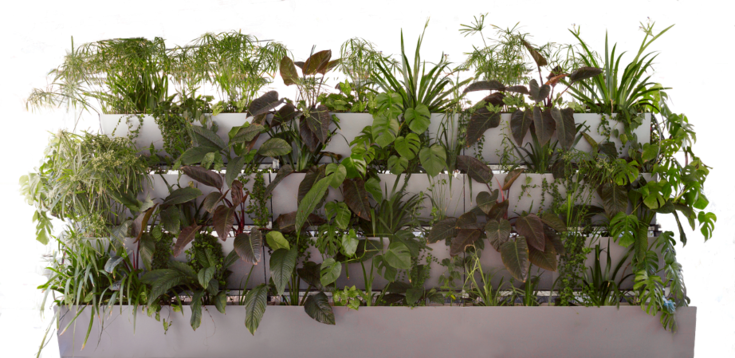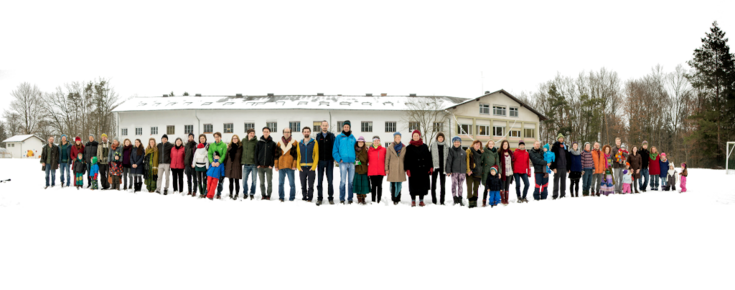The potential of decentralized community-based resource management for the transition to a circular economy
SUPERVISORS: Günter LANGERGRABER and Marion HUBER-HUMER
PROJECT ASSIGNED TO: Tamara VOBRUBA
Circular water and nutrient flows to mitigate climate change and its effects in cities
There is a need for urban transformation facing intensive linear resource management systems of cities and their major contribution of greenhouse gas emissions. Cities consume 75% of natural resources, produce 50% of global waste and are responsible for 60-80% of global greenhouse gas emissions and the urban food system plays a significant role (Ellen MacArthur Foundation, 2017). The present food system is characterized by a linear flow of resources from rural areas into cities, where most food is consumed, and essential nutrients are discharged as wastewater and organic waste. Further, there is the necessity of climate adaptation and resilience of urban areas due to devastating impacts of climate change in cities (e.g., urban heat island effect). With more than 55% of the world's population living in cities and urbanization on the rise, cities have a key role to play in circular economy transition and climate change mitigation and could even lead the path (United Nations, 2018). The urban dense infrastructure has a huge potential for circular solutions and community-based management of resources.
This PhD project aims to analyse existing decentralized circular resource management concepts, such as circularity hubs (networks in cities for the decentralized circular use of resources) and eco-villages and quantify their potential to mitigate climate change and its effect in urban environment.

Figure 1. vertECO constructed wetland for treatment of solid free fraction of household wastewater © alchemia-nova
The analysis focuses on water and nutrient recycling using nature-based solutions (NBS) and the establishment of circular food systems. The decentralized value proposition of the identified circular resource flows as well as related environmental footprints will be evaluated. Two specific cases will be investigated in detail: The demo building Cambium (Fehring, Styria), which is part of the H2020 project HOUSEFUL (Grant Agreement N°776708) and the case study Zukunftshof (10th district, Vienna), being part of the KLIMUR project (FFG-Nr. 887007). The existing resource flows and potential of circular resource flows will be analysed using the substance flow analysis approach (Bringezu et al, 2009). An environmental impact assessment will be performed using a Life Cycle Assessment (Iyyanki et al., 2017) and the results will be compared to conventional linear flows to analyse the differences in multiple criteria. Finally, the results will be contextualized with regard to mitigation and adaptation to climate change effects, as well as the Sustainable Development Goals (United Nations, 2015).

Figure 2. Cambium community ©Cambium
REFERENCES
Ellen MacArthur Foundation, 2017
Ellen MacArthur Foundation (2017). Urban Biocycles.
United Nations, 2018
United Nations, Department of Economic and Social Affairs, Population Division (2018). World Urbanization Prospects: The 2018 Revision.
Bringezu et al, 2009
Bringezu S, van de Sand I, Schütz H, Bleischwitz R, Moll S (2009). Analysing global resource use of national and regional economies across various levels. In: Sustainable Resource Management. Global Trends, Visions and Policies. Greenleaf, Sheffield, p 10–52.
Iyyanki et al., 2017
Iyyanki V. Muralikrishna, Valli Manickam (2017). Chapter Five - Life Cycle Assessment, Environmental Management, Butterworth-Heinemann, p 57-75.
United Nations, 2015
United Nations Department of Economic and Social Affairs (2015). The 17 Sustainable Development Goals.
